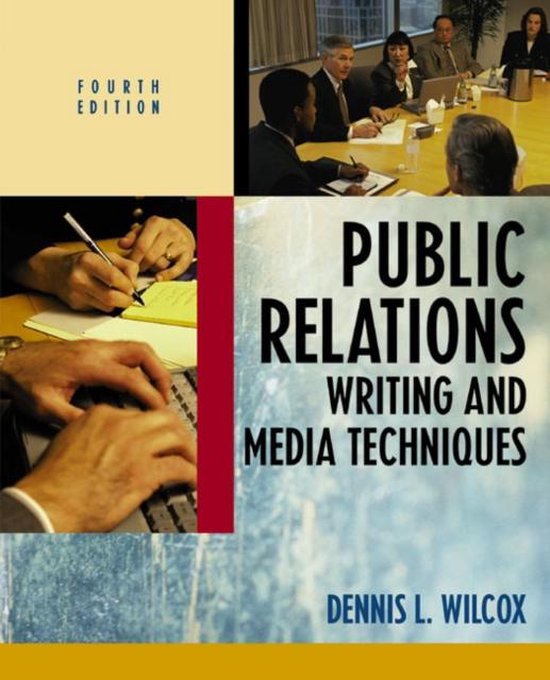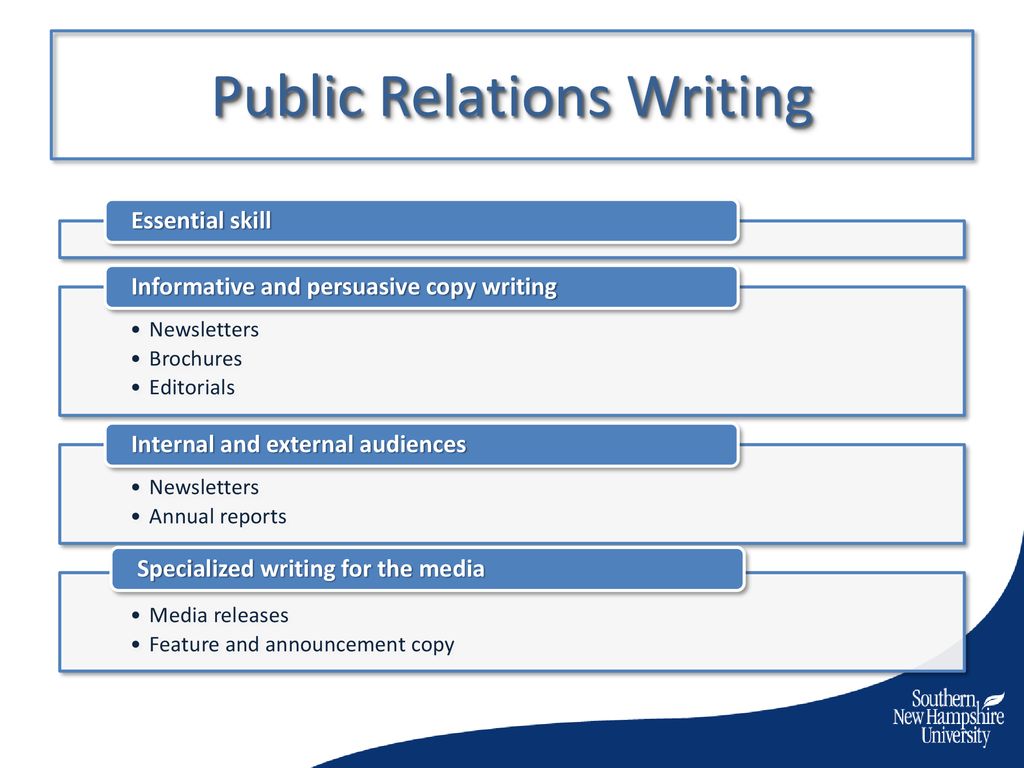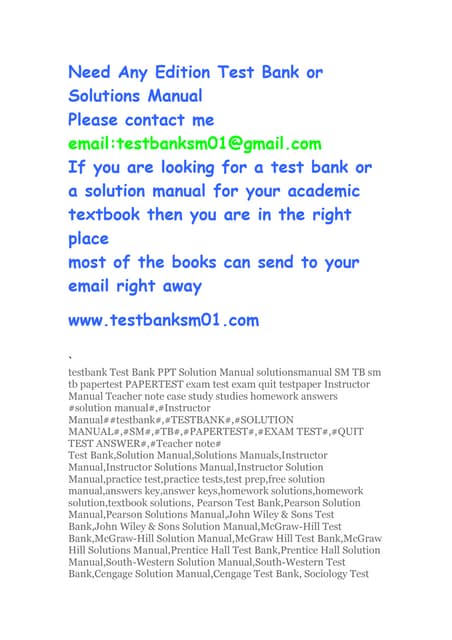Public Relations Writing And Media Techniques

Public relations professionals are facing unprecedented challenges as media landscapes evolve and public trust erodes. Mastering modern writing and media techniques is now critical for effective communication and reputation management.
This article explores the key strategies and tools PR practitioners must embrace to navigate today's complex environment, focusing on data-driven approaches, ethical considerations, and innovative content creation.
Understanding the Shifting Media Landscape
The traditional media landscape is fractured. Audiences are increasingly fragmented across diverse digital platforms.
PR professionals must adapt their strategies to reach target audiences where they are most active. This requires a deep understanding of each platform's nuances.
Social media, blogs, podcasts, and streaming services offer new avenues for storytelling. They also present unique challenges in terms of content optimization and engagement.
Data-Driven Storytelling
Gone are the days of relying solely on gut feeling. Today, successful PR campaigns are built on data.
Analyzing audience demographics, media consumption habits, and campaign performance metrics is essential for crafting resonant messages. Data analytics tools provide invaluable insights.
These tools allow PR professionals to identify trends, refine messaging, and measure the impact of their efforts.
Mastering Modern Writing Techniques
Effective writing remains a cornerstone of public relations. However, the rules have changed.
Brevity, clarity, and authenticity are paramount. Content must be optimized for readability on screens.
Storytelling has emerged as a powerful technique. It helps create emotional connections with audiences and makes information more memorable.
SEO Optimization for PR Content
Search engine optimization (SEO) is no longer just for marketers. PR professionals must also understand how to optimize their content for search engines.
Using relevant keywords, crafting compelling headlines, and building backlinks are essential for increasing visibility in search results. SEO-friendly content reaches a wider audience.
This helps organizations control their narrative online and proactively manage their reputation.
Embracing Visual Communication
In a visually driven world, images and videos are more engaging than text alone. PR professionals need to embrace visual communication techniques.
Creating compelling visuals, such as infographics, videos, and animations, can significantly enhance the impact of PR campaigns. Visual content is easily shareable on social media.
Investing in high-quality photography and videography is crucial for maintaining a professional image.
Navigating Ethical Considerations
Trust is the foundation of public relations. Maintaining ethical standards is paramount for building and preserving trust.
Transparency, honesty, and accuracy are essential principles. PR professionals must avoid misleading or deceptive practices.
Disclosing affiliations and potential conflicts of interest is crucial for maintaining credibility. It's important to adhere to ethical guidelines set by professional organizations.
Combating Misinformation
The spread of misinformation poses a significant threat to public trust. PR professionals have a responsibility to combat misinformation.
Fact-checking, verifying sources, and correcting inaccuracies are essential steps. Organizations should proactively address false information circulating about them.
Credible sources are more important than ever. PR campaigns must rely on reliable information.
Leveraging Media Relations
Building strong relationships with journalists and media outlets is still a core function of public relations. However, the approach must be more strategic.
Understanding the needs of different journalists and tailoring pitches accordingly is essential. Personalization is key.
Providing journalists with timely, accurate, and newsworthy information increases the chances of securing media coverage.
Measuring Impact and ROI
Measuring the impact and return on investment (ROI) of PR campaigns is crucial for demonstrating value. Various metrics can be tracked.
Media mentions, website traffic, social media engagement, and brand sentiment are key indicators. These show the effectiveness of PR efforts.
Data analysis tools provide insights into campaign performance. They inform future strategies and improve ROI.
Staying Ahead of the Curve
The field of public relations is constantly evolving. Staying ahead of the curve requires continuous learning and adaptation.
Following industry trends, attending conferences, and engaging in professional development activities are essential. New technologies are constantly emerging.
PR professionals must embrace innovation and experiment with new techniques to remain competitive.
As the media landscape continues to evolve, public relations professionals must embrace data-driven approaches, master modern writing techniques, and prioritize ethical communication. The future of PR hinges on adaptability and a commitment to building trust in an increasingly complex world.


















